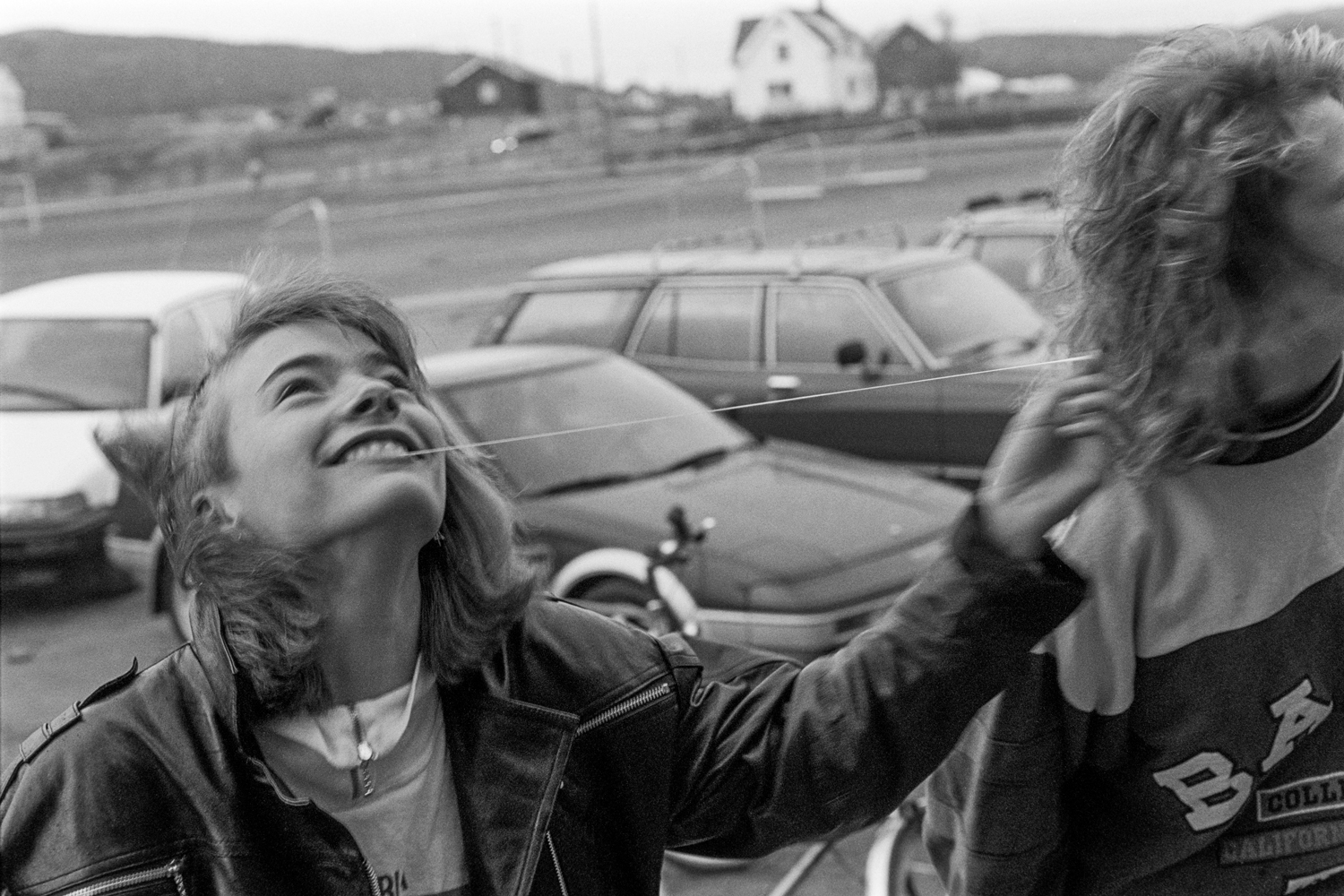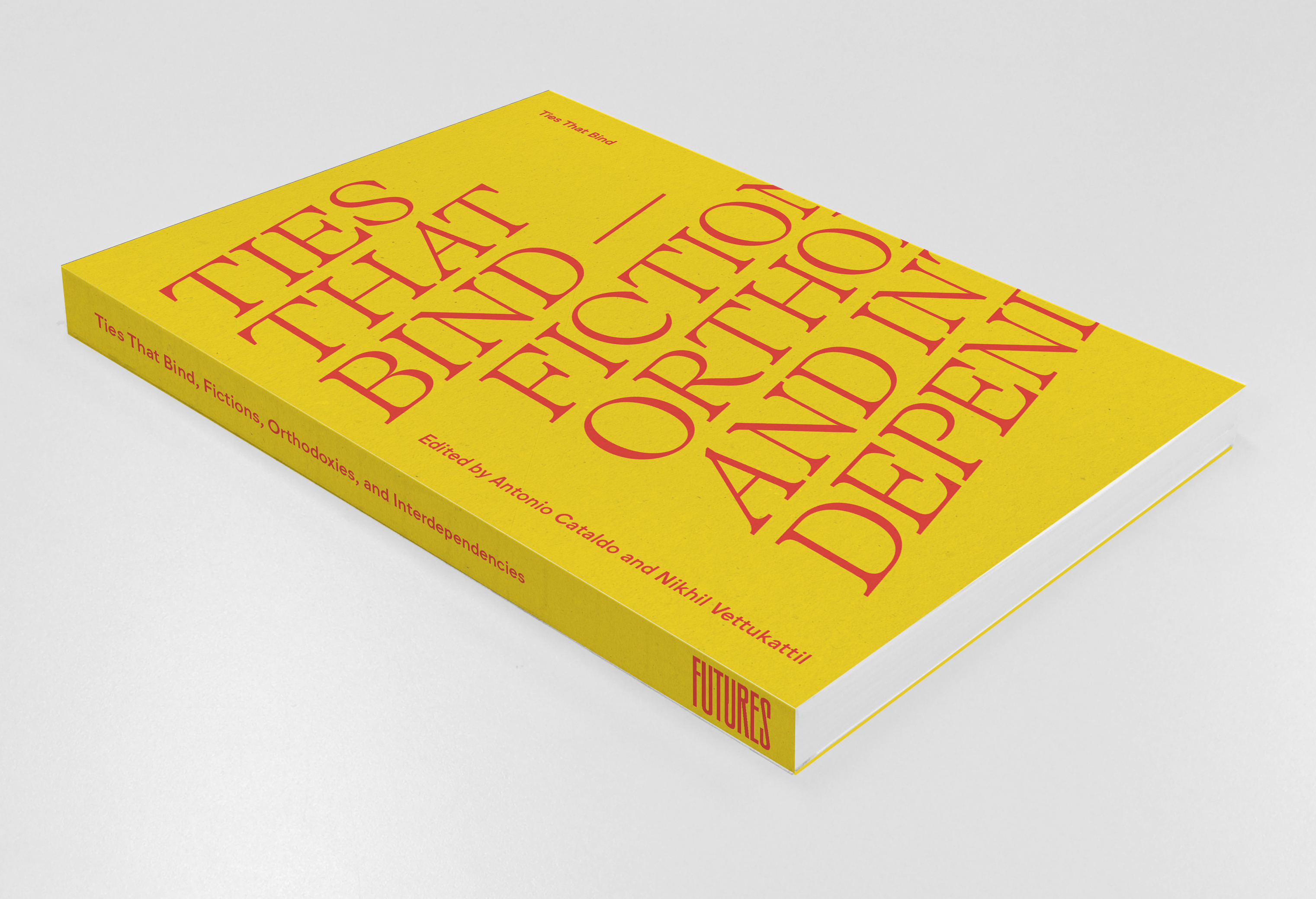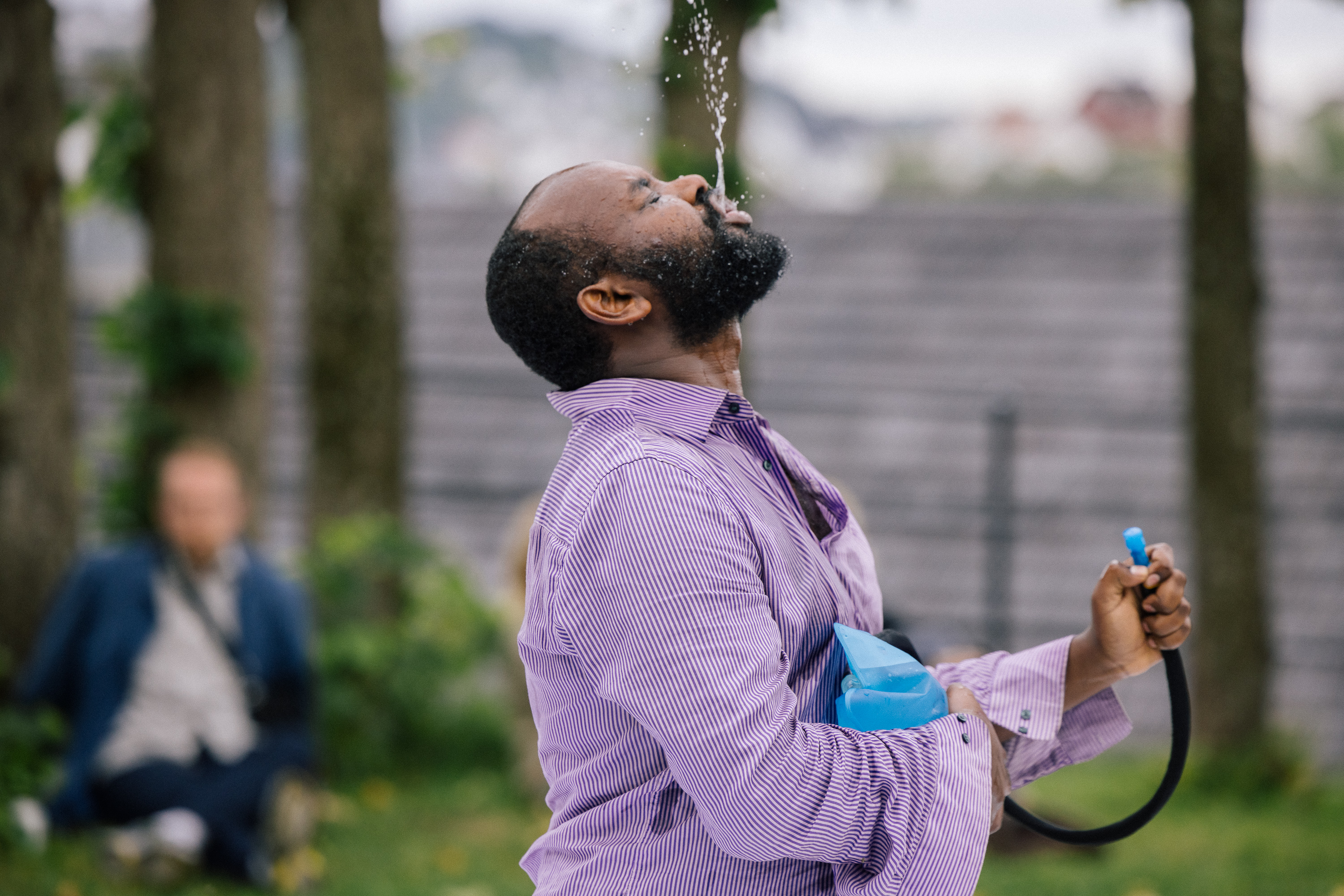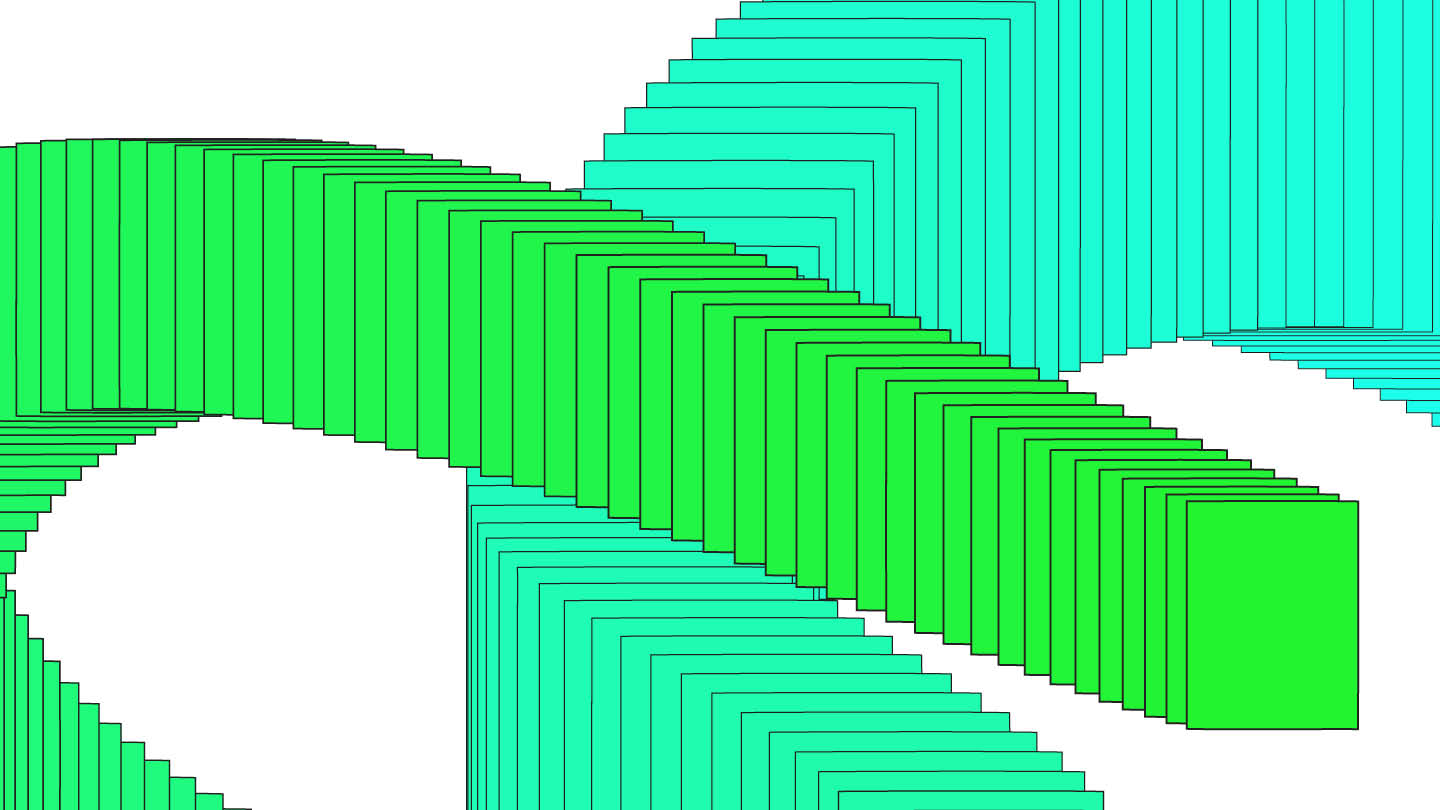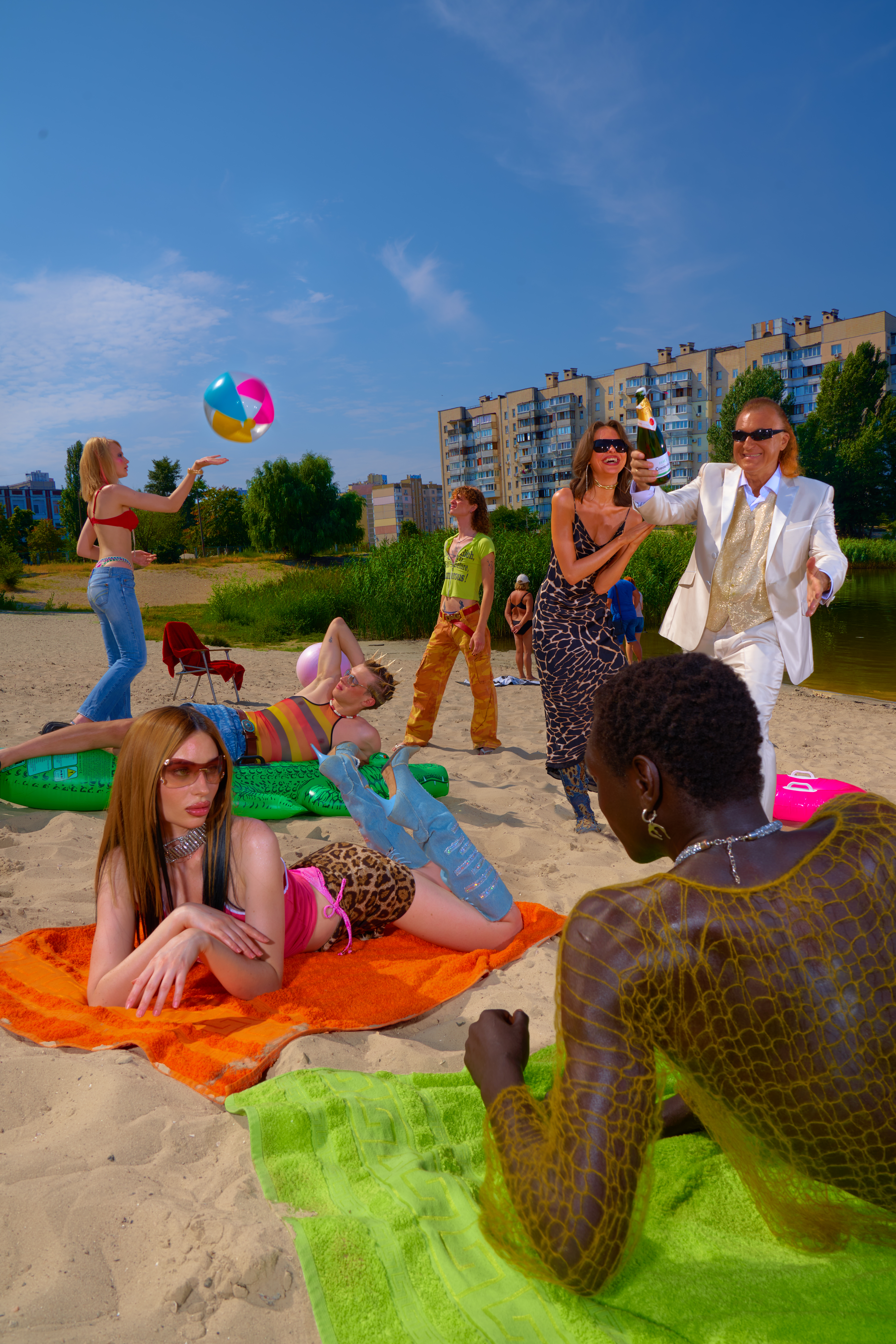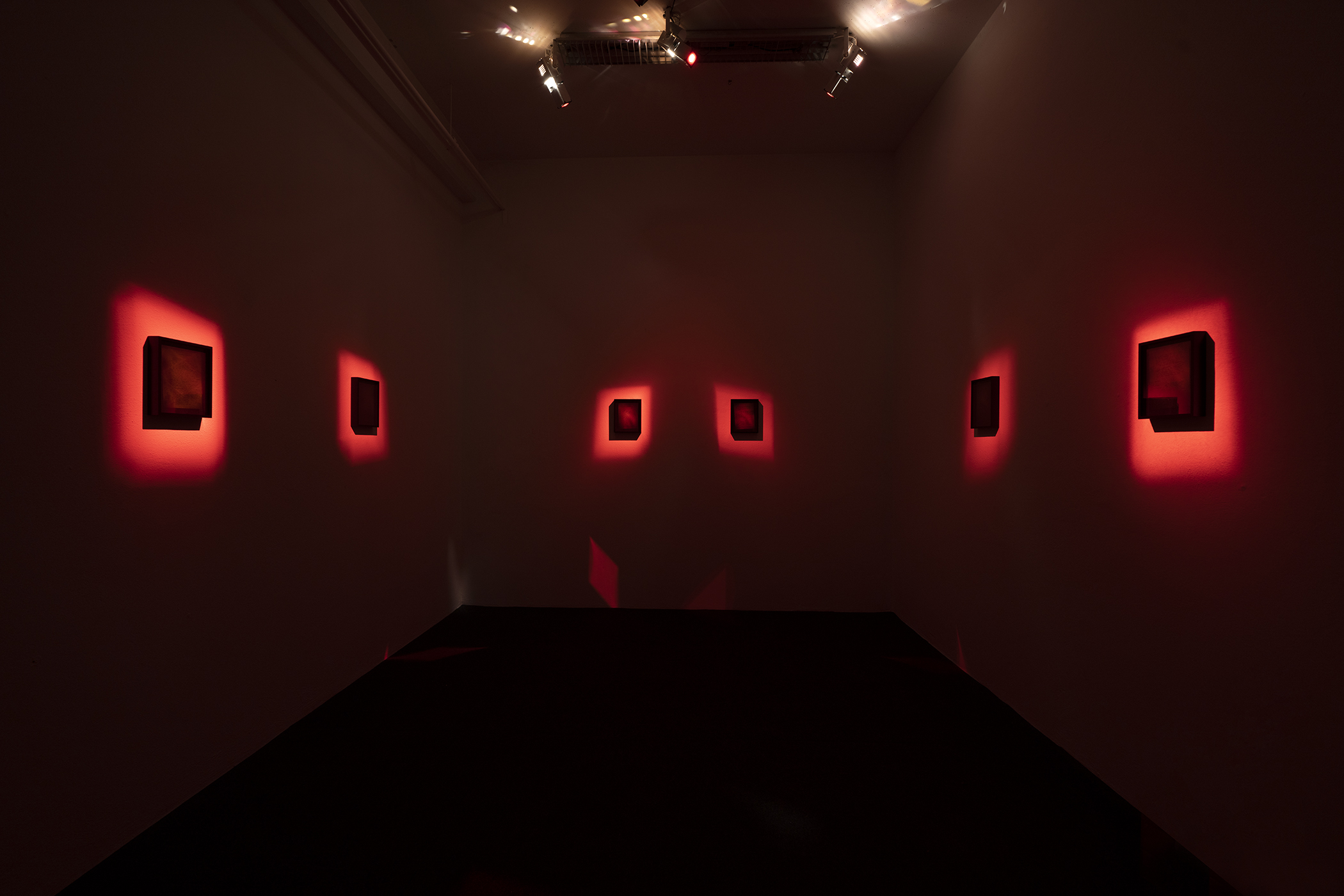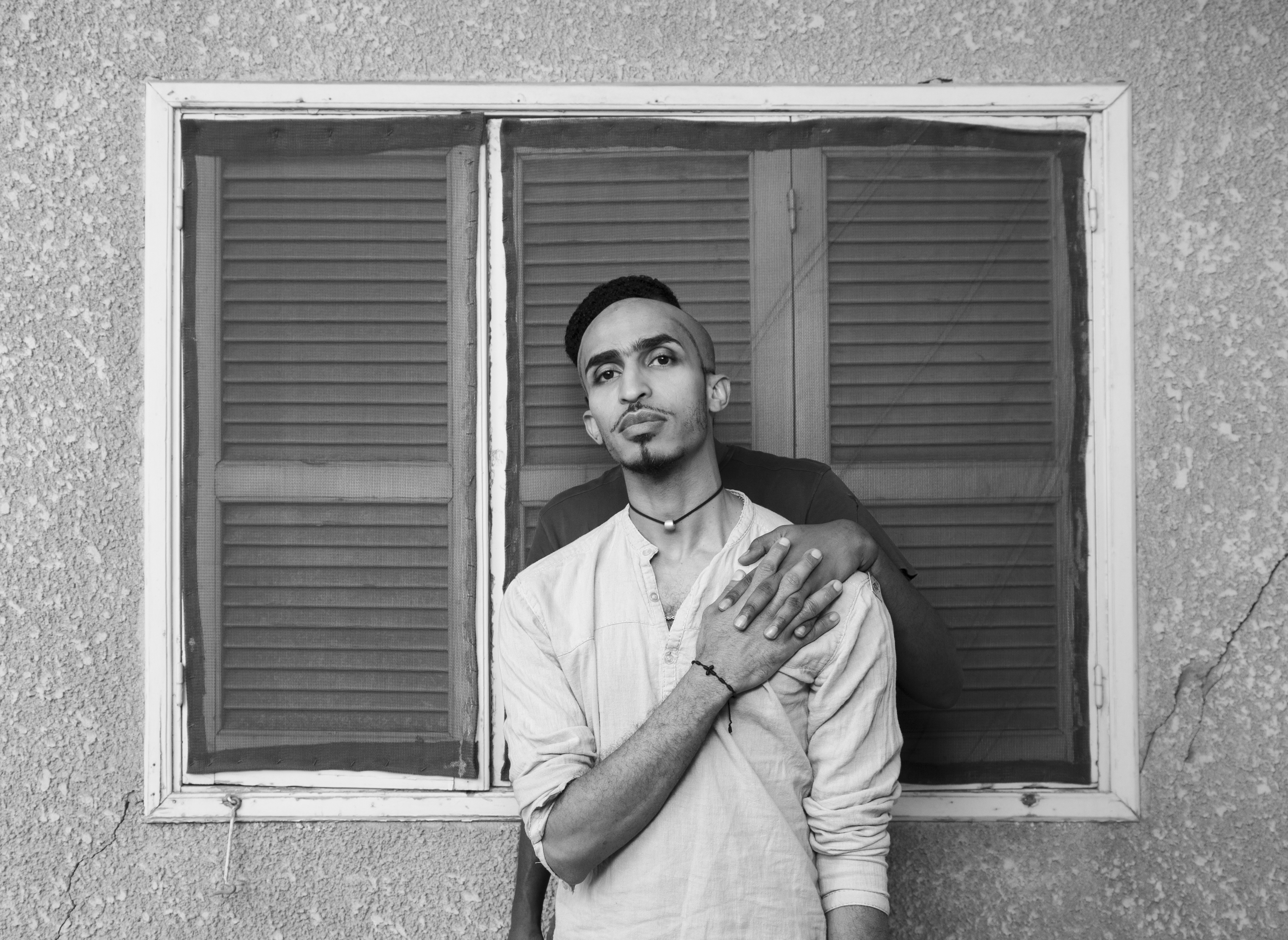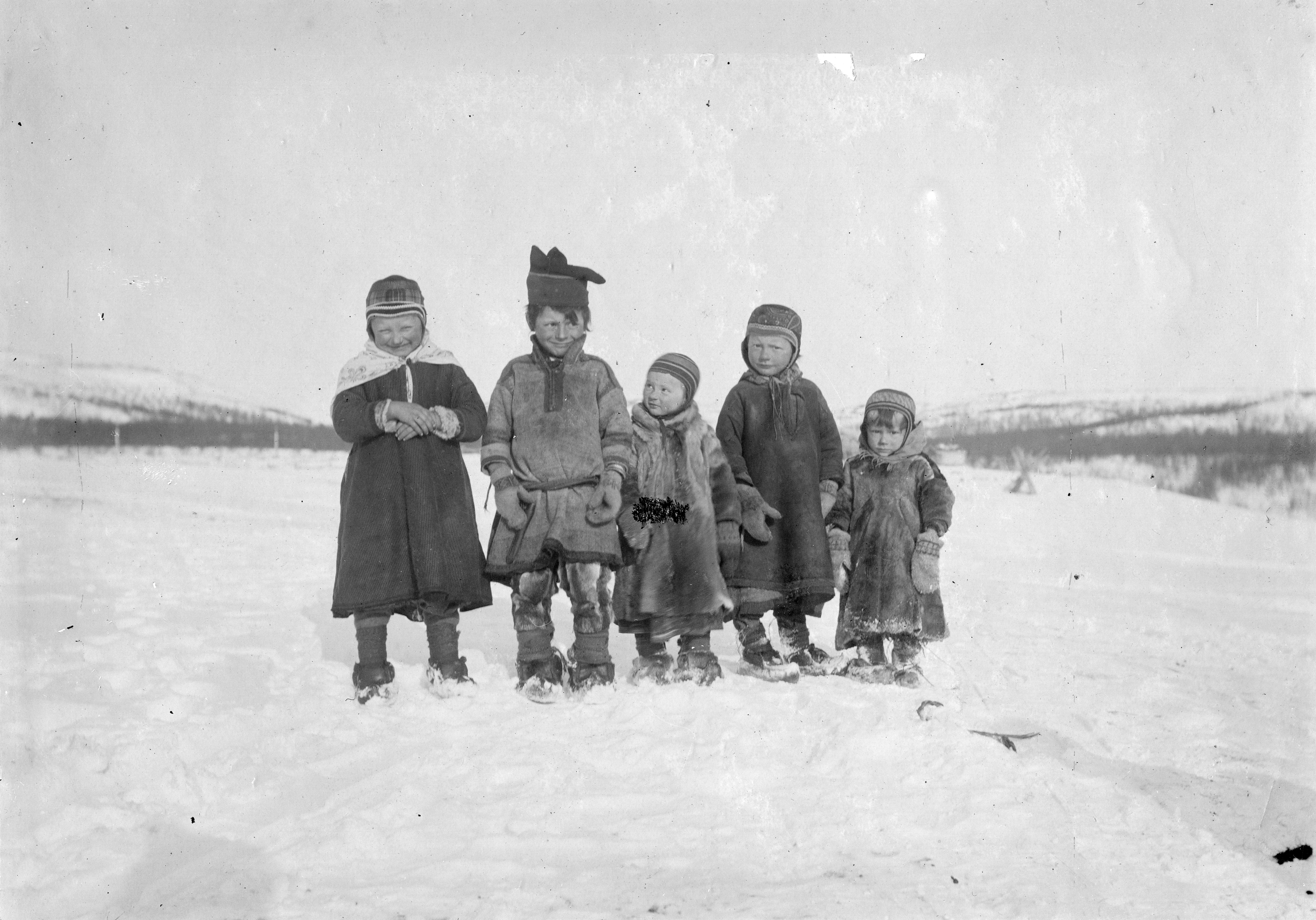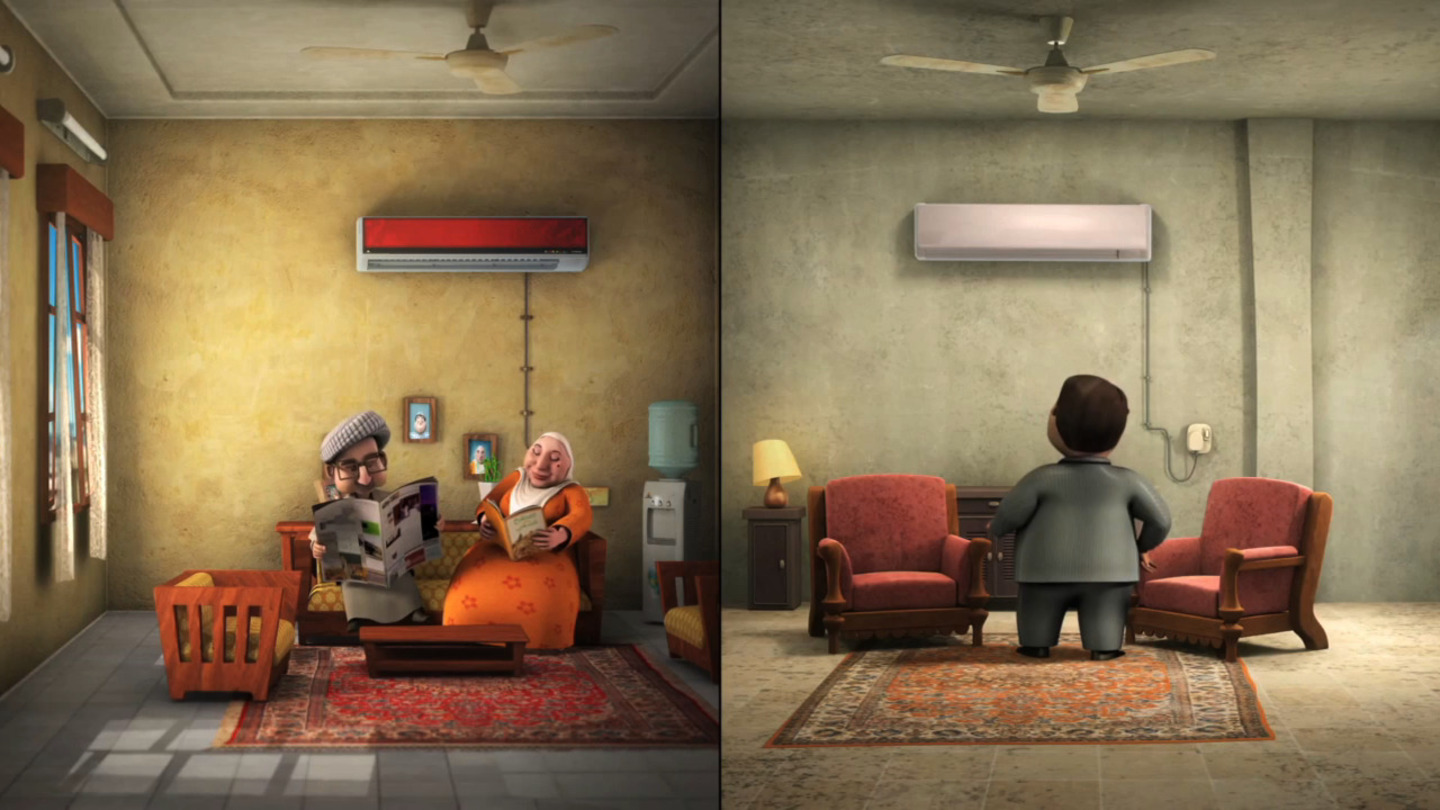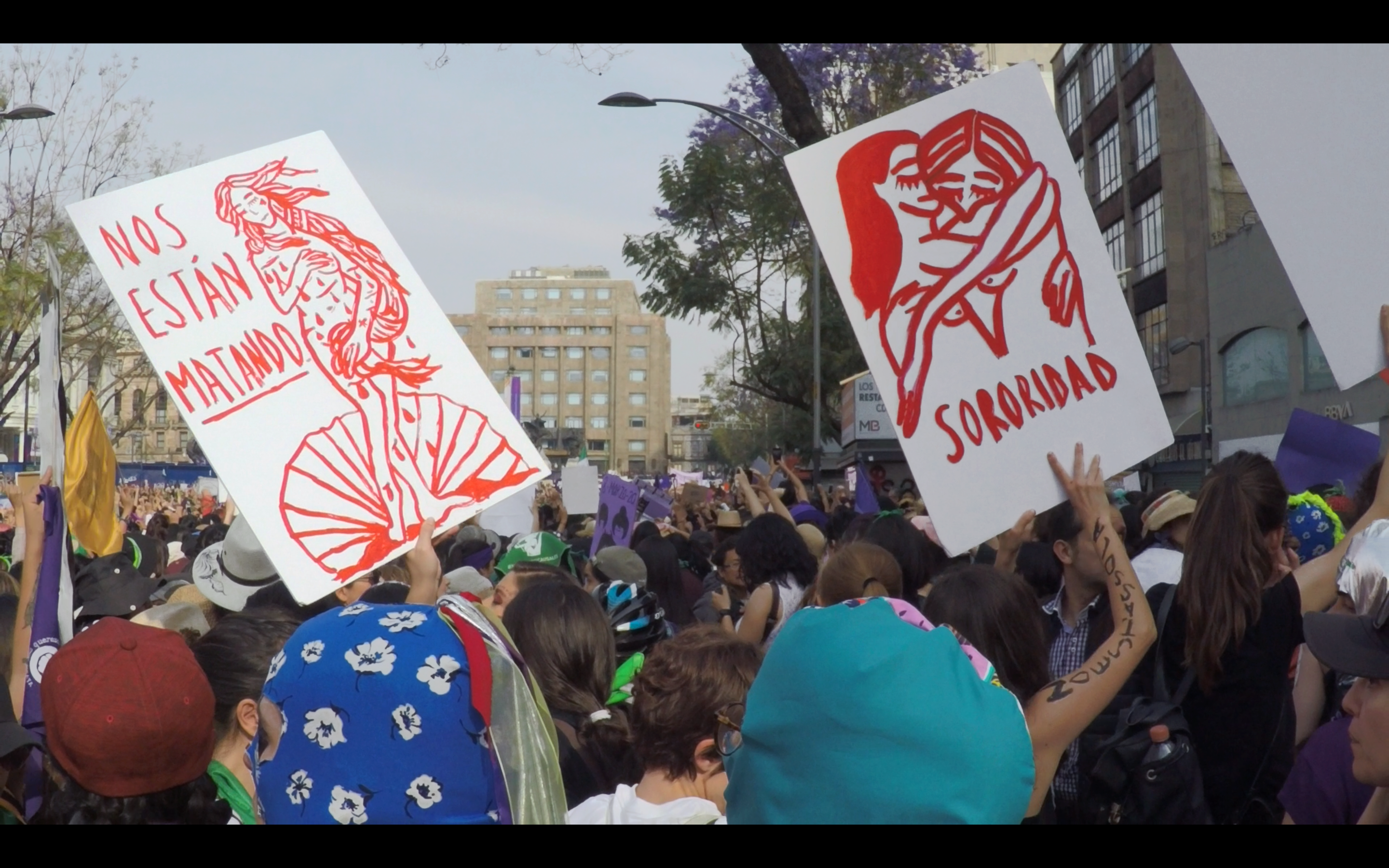September 27–November 12, 2023
With works by Bente Geving, Anne Lindgaard Møller, Morten Torgersrud, Ellisif Wessel, and the Academy for Rhythmorphology with artistic and experimental contributions from Marte Aas, Marielle van Dop, Miriam Jakob, Arjen Mulder, Peeter Laurits, Signe Lidén, Ina Otzko, Margrethe Iren Pettersen, Sakib Saboor, Torgeir Vassvik, and Izabela Żółcińska.
Electrification, Ripples, and a Glass Plate, a group exhibition curated by Hilde Methi, is on view at Fotogalleriet in Oslo, until November 12, 2023.
The exhibition revolves around restorative energy, non-extractivist energy, solar energy, hydrological energy, and human and beyond-human bodies, producing entropic forms of rest and resistance. It reflects upon locational documentarian practices through photography, sound, and various experimental sensing devices to investigate visible and invisible matters to draw attention to the Finnmark region in Northern Norway and Sápmi, where nation-state borders of Russia, Europe, and the Arctic are historically constructed, abstract, simultaneously visible, and invisible. Above all else, these borders are constantly shifting depending on the views of meddling and—at times—destructive forces.
Spanning over a hundred years of photographic history in the making, the exhibition unites artistic cross-generational processes. “Rather than highlighting the area's conflict and factual politics, the exhibition seeks to promote a politics of sensuality,” says curator Hilde Methi.
Chronologically, the first work is dated 1902, a dry plate by the activist writer, social debater, and little internationally-known photographer Ellisif Wessel (1866–1949). Her work has rarely been shown in an art context. Wessel repeatedly photographed the midnight sun from Soldatbukta (Soldier Bay) near Ǩeârkknjargg (Kirkenes—in Norwegian—where the Pasvik River now services several power stations on both the Norwegian and Russian sides of what is partially the homeland of the Sámi people). Returning to this subject, on the back of a print, Wessel noted how long the ice stayed on the seashore that year, hinting to how ice continuously retracted over the years. On the one hand, Wessel’s photography participated in the Norwegian nationalization process by synchronously mapping Northern people’s condition in their land as the new nation-state formed. On the other hand, her early documentation of the Sámis and the region's livelihood has been deemed “invaluable” for testifying to what these Indigenous lands had been before the area became a strategic military battlefield during Nazi occupation four decades later, leaving behind irreparable scars.
As it becomes apparent in Surface Events (2023), Morten Torgersrud is interested in photographic preconditions. Ellisif Wessel wanders like an invisible figure through his practice. She photographed the same landscape and the river that Torgersrud captures. This river hydroelectrically powers electricity today for the artist's camera. For Torgersrud, photographs are examples of structural similarities. A photograph holds the same relationships that imaging technology does to water, liquid, and light. The photograph is fragmented, situated, detached, indeterminate, incidental, and incomplete, but nevertheless documentarian.
Bente Geving's documentary photo series Sør-Varanger Youth (1990/2023) shows the vibrant energy emanating from the people inhabiting this place and the apparatuses they wield. For the first time, the series is presented outside the region for which it was photographed. Geving returned to the area searching for her Sámi roots from Kreuzberg, where she lived around the time when the Berlin Wall was coming down. At the same time, Sámediggi (the Sámi Parliament) opened in Kárášjohka during a new wave of healing and reparation, endorsing Indigenous rights. Sun Drawings, Anne Lindgaard Møller's photo series from 2021, has been created through collaboration with inhabitants of Áltá (the subject of historical ecological controversies in the 1970’s) and the sun: people in their homes become instruments for the sunlight's production of images through the day's changing day and night cycle. In the Academy of Rhythmorphology, the Čorgašnjárga peninsula becomes the physical premise of a shared lens when several different practices come together to study how rhythms connect and break, oscillate and create form, and affect life forms. We hear sea urchins, elbow shells, and other forms-of-life in rhythmic synchronization in a tidal pool while the ebbs and flows of the tidal waves become a music composition.
What is rhythm when mirrored from sound to photography?
Electrification, Ripples, and a Glass Plate foregrounds materials, bodies, and devices and the oscillations and rhythms they point to, are part of and create. Long timelines, presence over time, nuances in paper, light and weather conditions, imaging technology, work as process and becoming, presence in the here and now, and energy are underlying verses in focus. With Fotogalleriet as context, the exhibition proposes, in various ways, investigative and material thinking concerning place and ecology today.
For questions and press enquiries, please write Faduma Mohamud at faduma@fotogalleriet.no.
About Fotogalleriet
Funded by the Ministry of Culture and Equality, Oslo City, and the Norwegian Photographic Fund, Fotogalleriet was established in 1977 as the first institution of its kind in the Nordic region and remains the only kunsthalle in Norway, focusing on photography as a critical art practice. At the core of its mandate, the foundation works for a more balanced representation in the art field and society through collaboration with central, socially engaged organizations to spearhead fundamental discussions on art, visual culture, and image production.
We acknowledge the support of Arts and Culture Norway, Troms and Finnmark County Municipality, Barentskult, and Public Art Norway (KORO) to the exhibition and the discursive and live-art Academy for Rhythmorphology #2 program. We extend our deepest thanks to all the artists and lenders.
